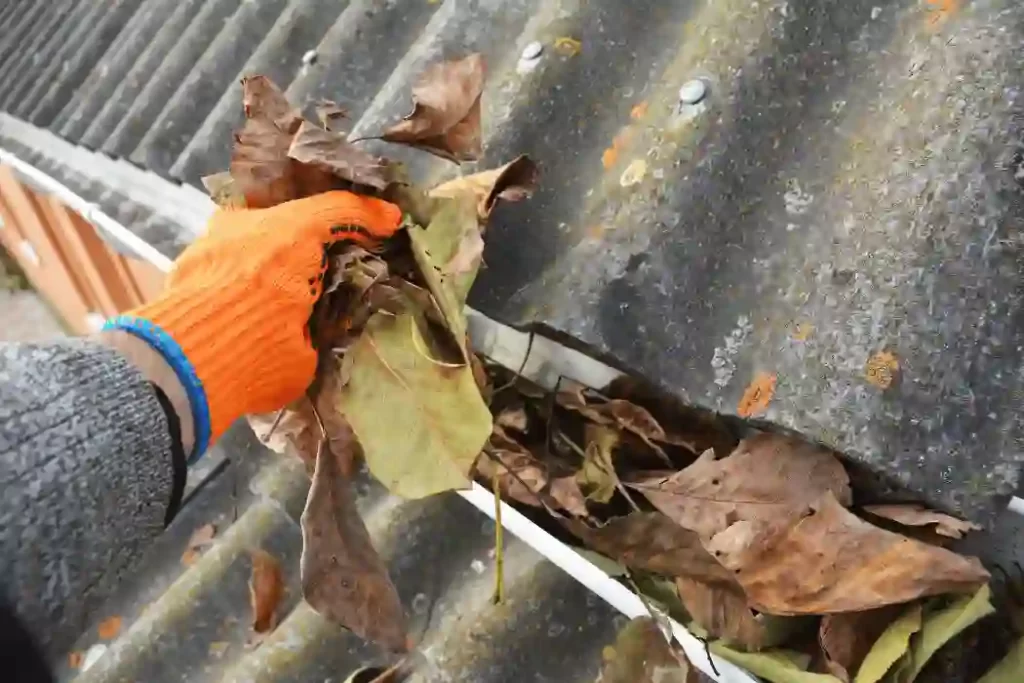Asbestos is a mineral that was once widely used in construction materials because of its insulation and fireproofing properties. However, it has since been discovered that asbestos can cause serious health problems, including mesothelioma and lung cancer. As a result, it is now regulated and strictly controlled by government agencies, and asbestos testing and inspection have become essential in identifying its presence in buildings. This article provides a comprehensive guide to asbestos testing and inspection, including why it is necessary, what it entails, and how to get started.
Why is Asbestos Testing and Inspection Necessary?
Asbestos testing and inspection are necessary to identify the presence of asbestos in buildings. This is important because when asbestos-containing materials are disturbed, they can release microscopic fibers into the air that can be inhaled, leading to serious health problems. Asbestos is most commonly found in older buildings constructed before the 1980s, but it can still be found in some building materials today. Therefore, it is important to have a thorough understanding of the building’s materials and history to identify any potential asbestos-containing materials.
Before beginning any home renovation project, it is crucial to conduct thorough asbestos testing to ensure the safety of yourself and your loved ones.

What Does Asbestos Testing and Inspection Entail?
Asbestos testing and inspection entail a series of steps to identify the presence of asbestos in a building. The process typically involves the following steps:
Initial Assessment
The first step in asbestos testing and inspection is to conduct an initial assessment of the building to identify any potential asbestos-containing materials. This can be done through visual inspection and analysis of building records, including construction plans and material specifications.
Sampling
Once potential asbestos-containing materials are identified, samples must be taken for testing. Samples are typically taken from suspect materials such as insulation, flooring, roofing, and wall materials. These samples are then sent to a laboratory for testing.
Laboratory Testing
In the laboratory, samples are analyzed using polarized light microscopy or transmission electron microscopy to identify the presence of asbestos fibers. The results are typically reported as the percentage of asbestos in the sample and the type of asbestos present.
Assessment of Risk
Based on the laboratory results, an assessment of the risk posed by the asbestos-containing materials is conducted. The risk assessment takes into account the condition of the materials, the likelihood of disturbance, and the potential for exposure. This information is used to determine the best course of action for managing the asbestos-containing materials.
Management Plan
Based on the risk assessment, a management plan is developed to manage the asbestos-containing materials. This may involve removing the materials, encapsulating them, or leaving them in place and monitoring them regularly. The management plan must be in compliance with all applicable regulations and guidelines.
How to Get Started with Asbestos Testing and Inspection
If you suspect that your building contains asbestos, the first step is to contact a qualified asbestos professional. Asbestos professionals are trained and certified to conduct asbestos testing and inspection, as well as manage and remove asbestos-containing materials. The following steps outline the process of getting started with asbestos testing and inspection:
Research Asbestos Professionals
Research asbestos professionals in your area to find a qualified and certified professional. The Environmental Protection Agency (EPA) provides a list of accredited asbestos professionals on their website.
Schedule an Inspection
Once you have identified a qualified asbestos professional, schedule an inspection of your building. During the inspection, the professional will conduct a visual assessment of the building and take samples of any suspect materials.
Laboratory Testing
After the samples are taken, they will be sent to a laboratory for testing. The laboratory will provide a report detailing the presence and percentage of asbestos in the sample.
Risk Assessment
Based on the laboratory results, a risk assessment will be conducted to determine the best course of action for managing the asbestos-containing materials.
Develop a Management Plan
After the risk assessment is completed, the asbestos professional will develop a management plan for the asbestos-containing materials. This plan will outline the recommended course of action, which may include removal, encapsulation, or regular monitoring.
Implement the Management Plan
Once the management plan is developed, it should be implemented as soon as possible. This may involve removal or encapsulation of the asbestos-containing materials, or regular monitoring and maintenance.
Regular Monitoring
If the asbestos-containing materials are not removed, regular monitoring and maintenance are required to ensure they remain safe and do not pose a risk to occupants. Asbestos professionals can provide guidance on how often the materials should be monitored and maintained.
Conclusion
Asbestos testing and inspection are essential in identifying the presence of asbestos in buildings and ensuring the safety of occupants. Asbestos can cause serious health problems, including mesothelioma and lung cancer, and therefore must be managed properly. If you suspect that your building contains asbestos, it is important to contact a qualified asbestos professional to conduct an inspection and develop a management plan. Asbestos professionals are trained and certified to handle asbestos-containing materials safely and in compliance with all applicable regulations and guidelines. By taking the necessary steps to identify and manage asbestos-containing materials, you can help ensure the safety of yourself and others who occupy the building.

